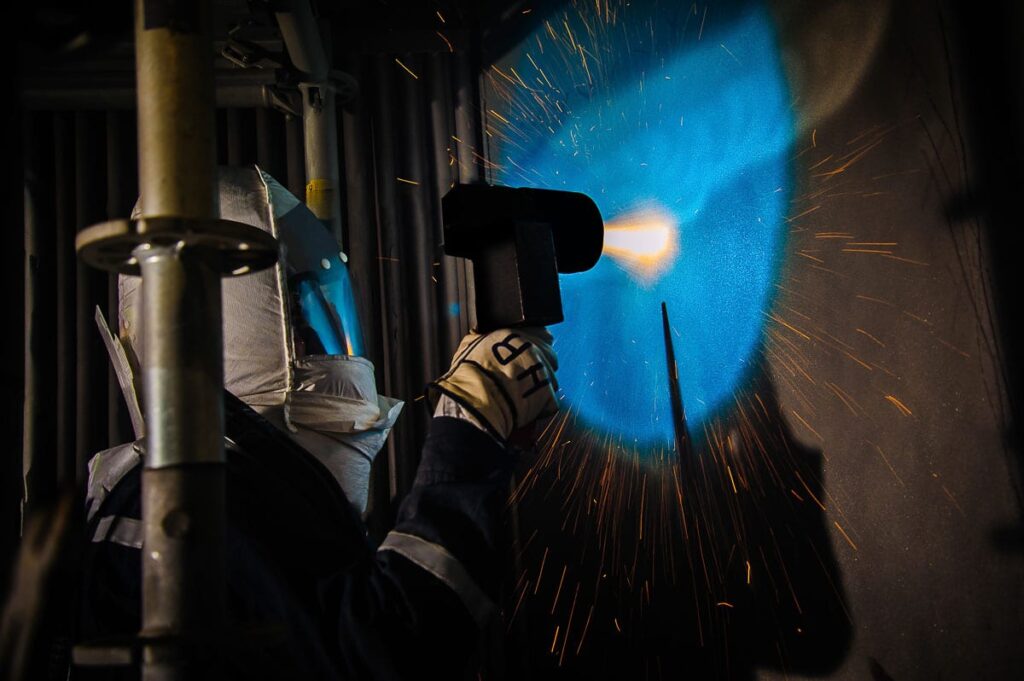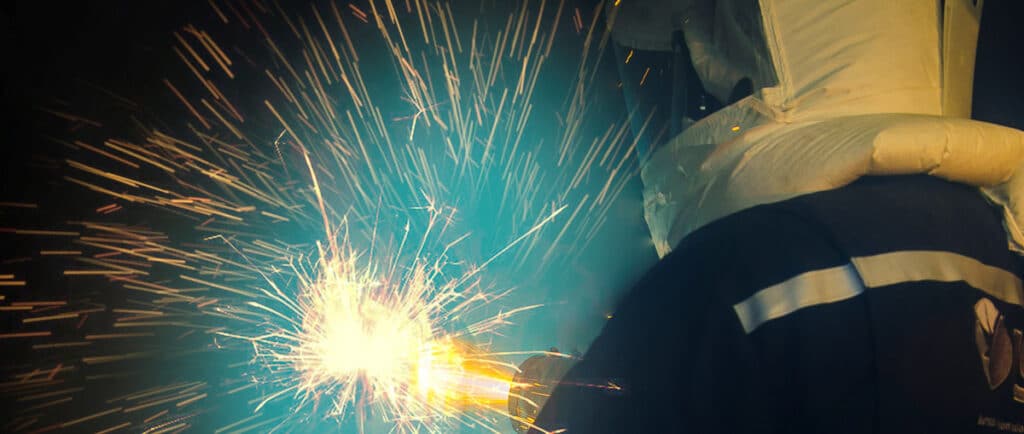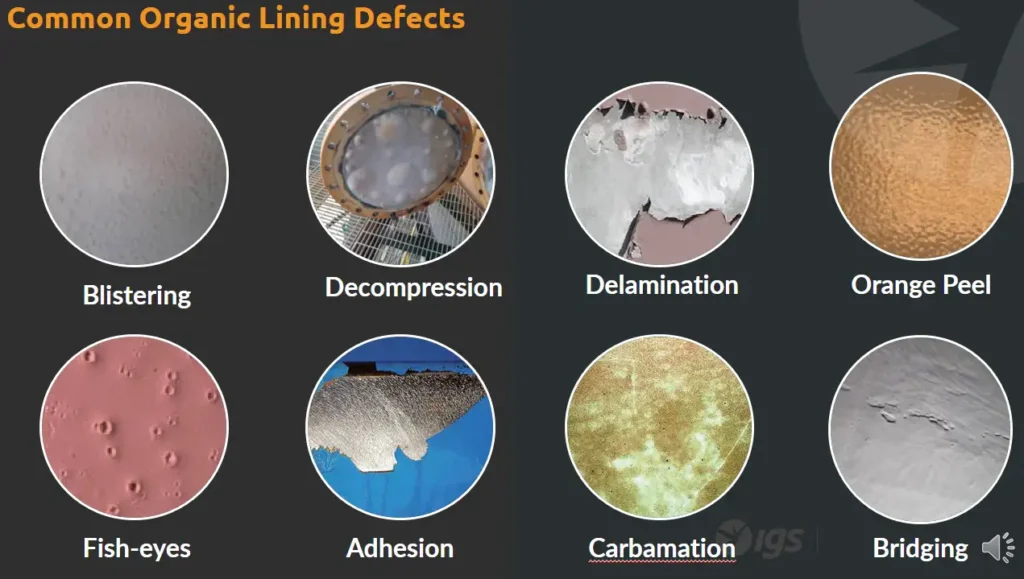Organic Coatings in Pressure Vessels: Internal Coating Failure Analysis

Introduction to Organic Coatings in Pressure Vessels
An analysis of risk, integrity and failure
Process industries often use organic coatings to safeguard the internal surfaces of pressure vessels. These coatings, while effective in protecting against corrosion, can suffer significant damage if the underlying surface or vessel conditions are not meticulously prepared. In this blog post, we delve into the risks associated with insufficient surface preparation and vessel steam-out practices, emphasizing their potential impact on coating performance and the overall integrity of the pressure vessel.

Insufficient Surface Preparation: A Recipe for Internal Coating Failure in Pressure Vessels
Organic coatings rely on strong adhesion to the substrate to provide long-lasting corrosion protection, adhesion is dependent upon surface cleanliness and anchor profile. If the surface preparation is inadequate, the coating’s ability to bond effectively is compromised, leading to premature failure and corrosion issues.
One of the primary risks of insufficient surface preparation is the presence of contaminants, such as residual oil, grease, or mill scale, on the surface. These contaminants act as a barrier, preventing the coating from adhering properly to the substrate. Over time, the coating will delaminate, blister, or peel off, exposing the underlying metal to corrosive environments.
Another risk associated with inadequate surface preparation is improper surface profile. Organic coatings require a specific surface roughness to achieve optimal mechanical adhesion. If the surface is too smooth, the coating may not have sufficient “teeth” to grip onto, leading to poor adhesion and premature disbondment. Conversely, an excessively rough surface can create stress points, increasing the risk of coating cracking or premature failure.

Vessel Steam-Out: Compromising Coating Integrity within Pressure Vessels
Vessel steam-out is detrimental to the integrity and performance of organic coatings within pressure vessels. One of the challenges of the process is that over time there can be a build-up of contaminants on the internal surfaces. Regular steam-outs to remove such buildup ensure that production capacity is maintained.
Vessel steam-out is a process that involves introducing high-temperature steam into the vessel to remove residual contaminants, such as oil, grease, and other organic compounds.
Organic coatings work well in temperatures below 120-200 °C (depending on the environment,) but steam-out treatment introduces much higher temperatures to the coating surface. Steam cleaning destroys an organic coating’s integrity by exposing it to high temperatures. Some epoxies with 100% solids can survive short-term exposures to high temperatures, but each new exposure stresses and weakens the coating and creates points of future failure.

Mitigating Organic Coating Risks with HVTS High-Alloy Cladding
IGS HVTS is a proven technology to protect vessel internals from corrosion. IGS HVTS cladding is a noble metal that is not affected by steam-outs. IGS applies HVTS cladding using its experienced technicians, not relying on third parties. This ensures the high quality of the cladding. Risks from a failed corrosion barrier can be mitigated by upgrading the internal surface protection from an organic coating to a metallic cladding barrier.

More corrosion and erosion management articles from Integrated Global Services:
CO₂ Corrosion Prevention and Control in Oil and Gas Production
How to Prevent Microbially Influenced Corrosion (MIC) with On-Site Alloy Upgrade
Why is High Emissivity Coating Durability Important in Fired Heaters?
Strategies for Preventing Internal Pipeline Corrosion in the Energy Industry
Flue Gas Dew Point Corrosion Mitigation: Alloy Upgrading Techniques
Mitigating Metal Dusting Corrosion in Ammonia and Methanol Reformers
Combating Flow Accelerated Corrosion in Power Plants with IGS HVTS Technology
Why an Alloy Upgrade is the Best Solution to Crude Unit Overhead Corrosion Control
Protecting Hydropower Turbines from Corrosion with HVTS Coatings
Protecting Offshore Wind Turbines – Splash Zone Corrosion
The Critical Role of High Emissivity Coatings in Space Exploration
How to Stop Corrosion on Your Refinery Distillation Column
Causes of Boiler Corrosion and Benefits of Boiler Tube Coating
5 Common Causes of Refractory Failure and How to Fix Them
Boiler Tube Leaks Prevented with Proactive Maintenance
Understanding Oil & Gas CO2 and NOx Emissions, and the Science Behind Reducing Them
A Guide to Amine Stress Corrosion Cracking in Oil & Gas Processing
